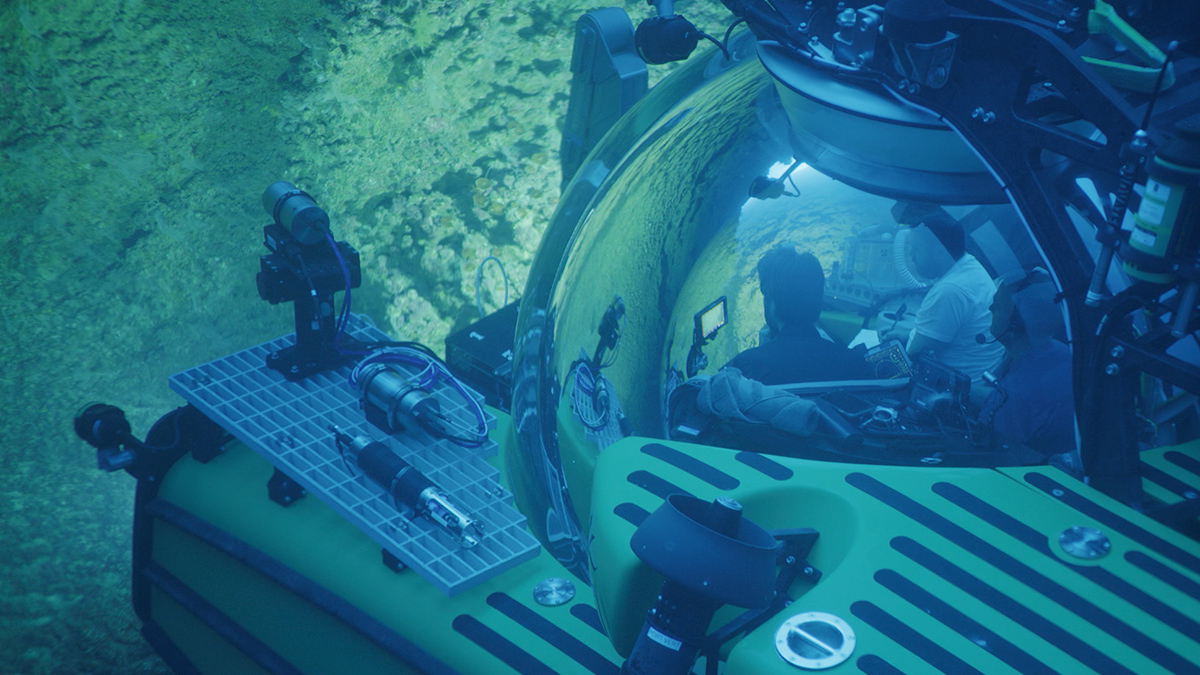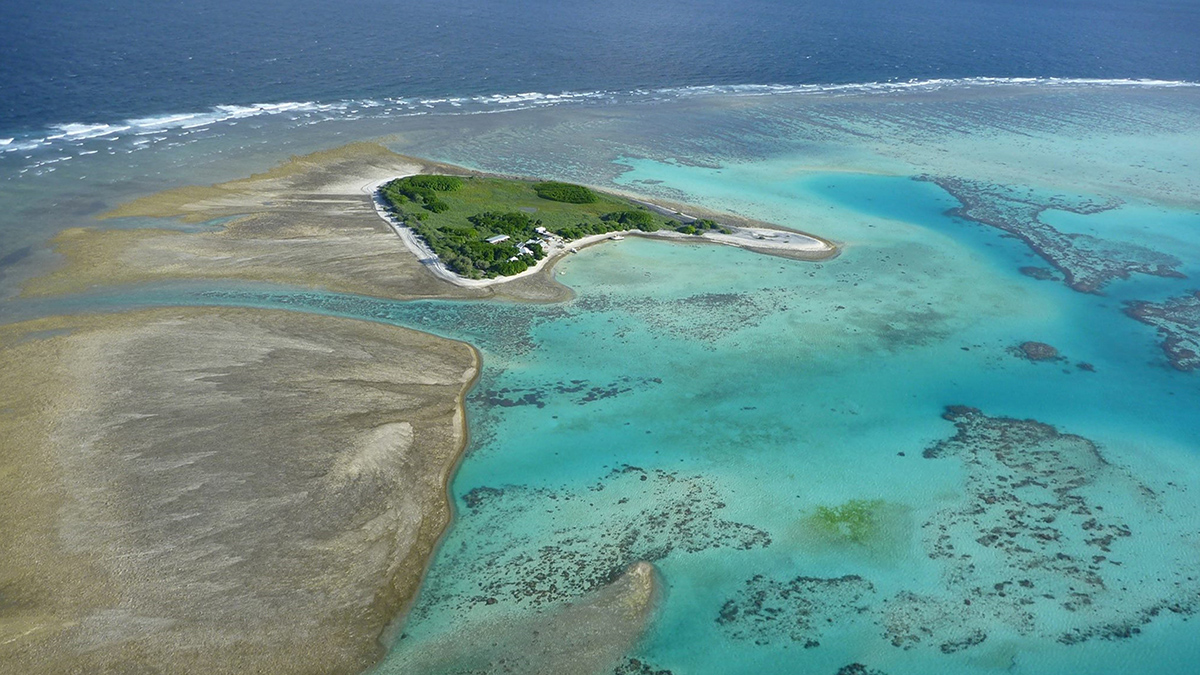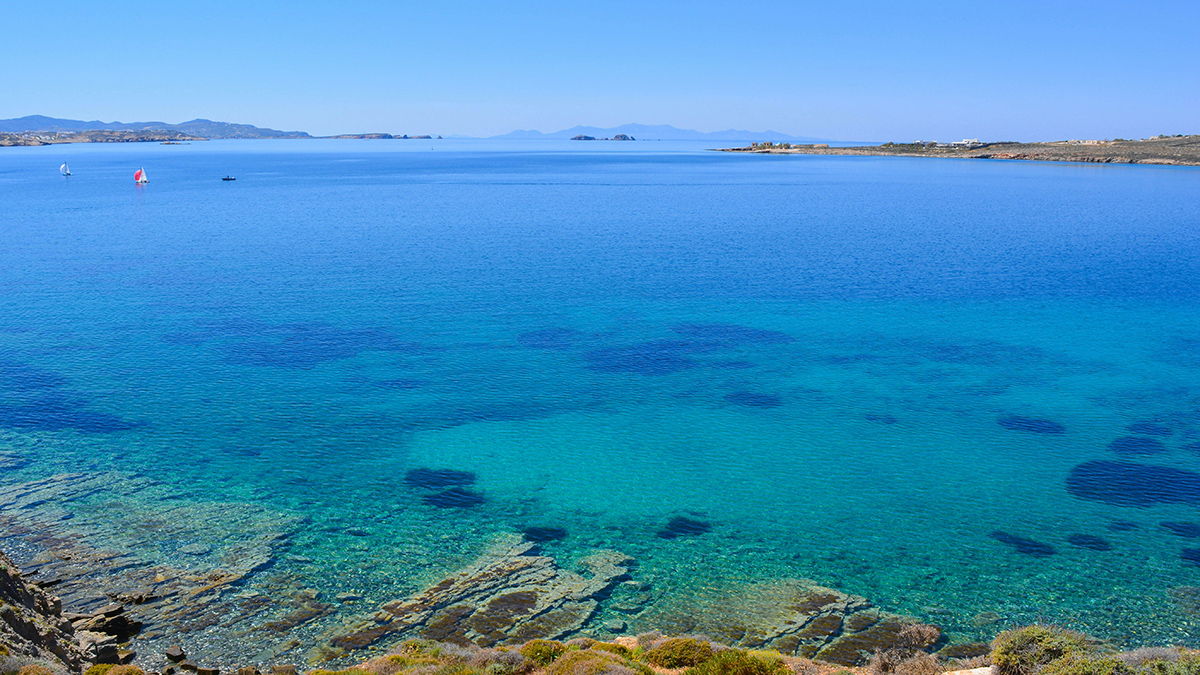Residents of the relatively high income Illinois city share why they trust the water in their taps—and others share why they stay away.
Health & Ecosystems
Martian Dust Will Be a Health Hazard for Astronauts
Prolonged exposure to the Red Planet’s regolith, which contains carcinogens and toxic metals, could pose respiratory threats and increase chronic disease risk.
Red Sea Corals Survived the Late Glacial Crisis
Research indicates that delicate deepwater corals tolerated or adapted to major climate and salinity fluxes, “yet today, it’s a complete massacre.”
Food Insecurity Is Linked to Heart Disease and Diabetes in the United States
A new study examines the geographic and demographic connections between health and a lack of consistent access to food, finding that this link is particularly strong in the South.
Higher Ozone Levels Tied to Heart Attack Risk
For young adults, air pollution may increase risks of some kinds of heart attacks more than others.
The Interplay of ENSO and Immunity in Infectious Disease Outbreaks
El Niño and La Niña events can affect the spread of infectious diseases including cholera and dengue fever. The effects of some diseases may persist over several years.
Trump Administration Set to Backtrack on “Cancer Alley” Lawsuit
At AGU’s Annual Meeting 2024, activist Sharon Lavigne spoke about living in Louisiana, in what is commonly known as “Cancer Alley.” The 85-mile stretch along the Mississippi River is home to more than 200 industrial facilities, including the Denka Performance Elastomer plant, which uses chloroprene to manufacture synthetic rubber for products such as automotive parts, adhesives, and construction materials.
El ADN de los sedimentos lacustres revelan el impacto de los peces introducidos
La trucha no nativa ha alterado la diversidad del zooplancton que habita en los lagos de gran elevación.
Great Barrier Reef Corals Hit Hard by Marine Heat Wave
Extreme heat pushed even resilient corals in the Great Barrier Reef to the brink, limiting recovery.
Ancient Greeks and Romans Laced the Aegean with Lead
Lead pollution in and around the Aegean Sea dates back to the Bronze Age and shows a strong spike associated with Roman expansion.










